Forget the Pricey Creams: Here’s How to Actually Build Collagen From the Inside Out
After years of working as a clinical nutritionist, I’ve seen the same story play out over and over. Someone comes to me frustrated, holding a bag full of expensive creams and serums, wondering why their skin doesn’t look as good as they feel it should. My first question is always the same: “So, what have you been eating lately?”
In this article
Because here’s the honest truth: firm, glowing skin is built in the kitchen, not the bathroom cabinet. No topical product on earth can replace the foundational support your body gets from the right food.
Think of collagen as the literal scaffolding of your body. It’s the most common protein we have, and it’s the stuff that gives skin its bounce, hair its strength, and joints their flexibility. But as we get older, our natural collagen factory starts to slow down production. This process gets a nasty speed boost from things like too much sun, smoking, or a diet heavy in sugar. The goal isn’t to magically stop time, but to give our bodies the tools they need to work well for as long as possible.

So, how long does this take? Let’s be real, this isn’t an overnight fix. But with consistent effort, most people start to notice a real difference in their skin’s hydration and plumpness, and even in their nail strength, after about two to three months. It’s a long game, but it’s one you can definitely win.
First, a Quick Science Detour: How Your Body Makes the Good Stuff
Before we jump into the grocery list, it helps to understand what’s actually happening inside your body. Honestly, knowing the “why” makes it so much easier to stick with new habits. Collagen is a protein, which means it’s built from smaller units called amino acids. The three most important ones for this job are glycine, proline, and hydroxyproline.
The whole process is like building something with a crew:
- The Bricks (Amino Acids): Your body takes glycine and proline and links them together to form a precursor chain called procollagen. These are the raw materials.
- The Master Builder (Vitamin C): This part is absolutely non-negotiable. An enzyme needs Vitamin C to turn proline into hydroxyproline, a step that makes the final structure stable. Without enough Vitamin C, the whole construction site grinds to a halt. This is literally why severe Vitamin C deficiency causes issues like bleeding gums—the body can’t make stable collagen to repair tissues.
- The Assembly Crew (Minerals): Once those chains are made, they’re bundled into strong triple-helix ropes. Minerals like copper and zinc are the crew that finishes the job. Copper, for example, helps cross-link these ropes, giving them their final strength and resilience.
It’s also good to know there are different types of collagen. Type I is the big one for skin and bones, while Type II is crucial for cartilage. A well-rounded diet helps your body produce all of them.
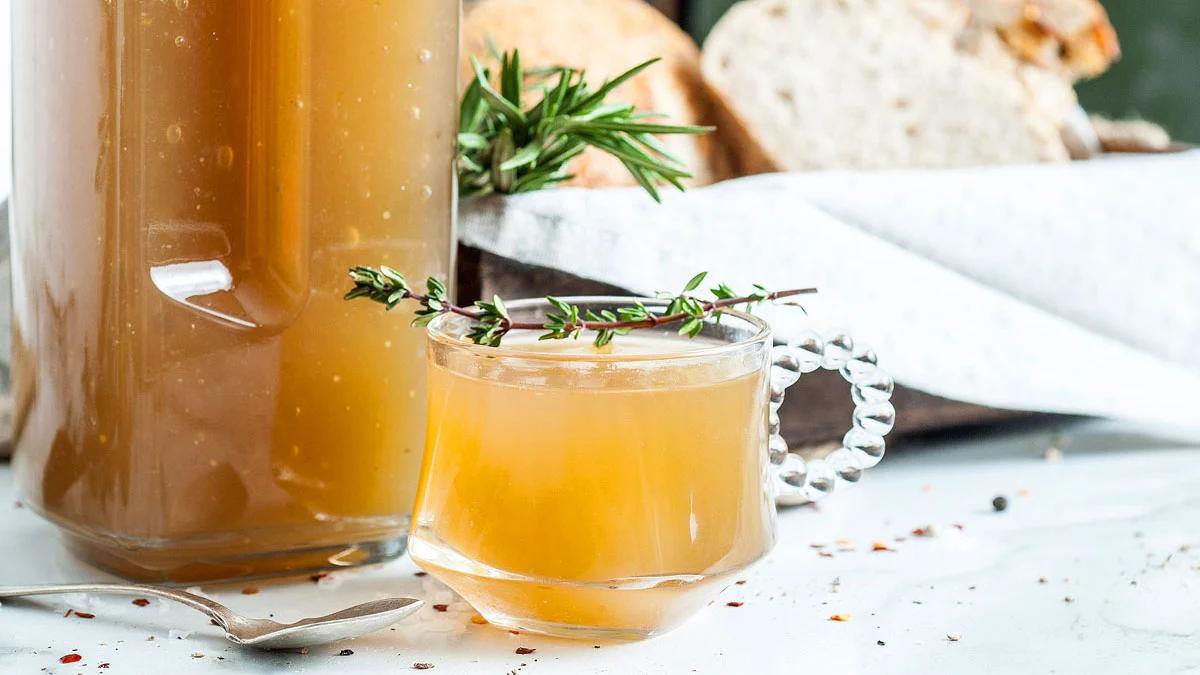
Stocking Up on the Building Blocks (Amino Acids)
To build a house, you need bricks. For collagen, those bricks are amino acids. You can get them from a whole range of foods, and some even contain pre-formed collagen your body can use.
Bone Broth: The Traditional Powerhouse
There’s a reason bone broth has been a staple in traditional diets forever. Simmering bones and connective tissues for a long time breaks down the collagen into gelatin, which is packed with glycine and proline.
Quick Tip: Not all broths are created equal. That watery stuff in a carton often won’t cut it. For the good stuff, look for a store-bought version that gels when it’s cold and lists at least 10 grams of protein per serving with low sodium. Or, even better (and cheaper!), make it yourself. Ask your local butcher for beef knuckles or chicken feet—they often sell them for just a few dollars.
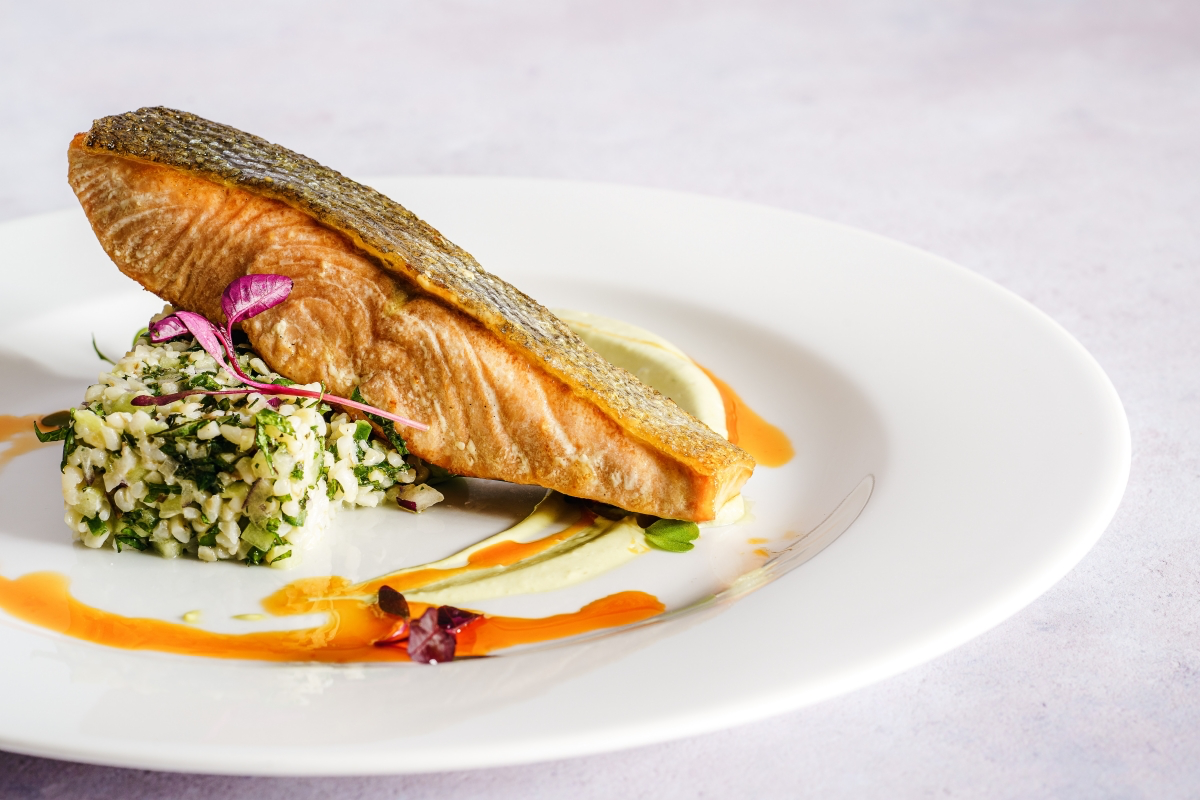
- The Method: Toss them in a slow cooker with a splash of apple cider vinegar (it helps pull out the minerals), cover with water, and let it go for at least 12 hours for chicken or a full 24 for beef. You’ll know you did it right if it turns into a firm jello in the fridge. That jiggle is pure gold.
- How much? I often suggest a warm cup a few times a week, especially in the colder months.
Fish (Especially with the Skin!)
Fish is a fantastic protein source, but its real magic for skin comes from two things. First, fatty fish like salmon and mackerel are loaded with omega-3s, which fight inflammation—a known collagen-wrecker. Second, fish skin and scales are a major source of marine collagen, which some experts believe is more easily absorbed by the body.
To save money: Don’t overlook canned sardines or mackerel! They’re incredibly budget-friendly, usually costing just $2-$4 a can, and offer the same benefits. When you are cooking a nice fillet of salmon, though, don’t you dare throw that skin away! Pat it super dry and sear it skin-side down in a hot pan. It gets crispy and delicious.
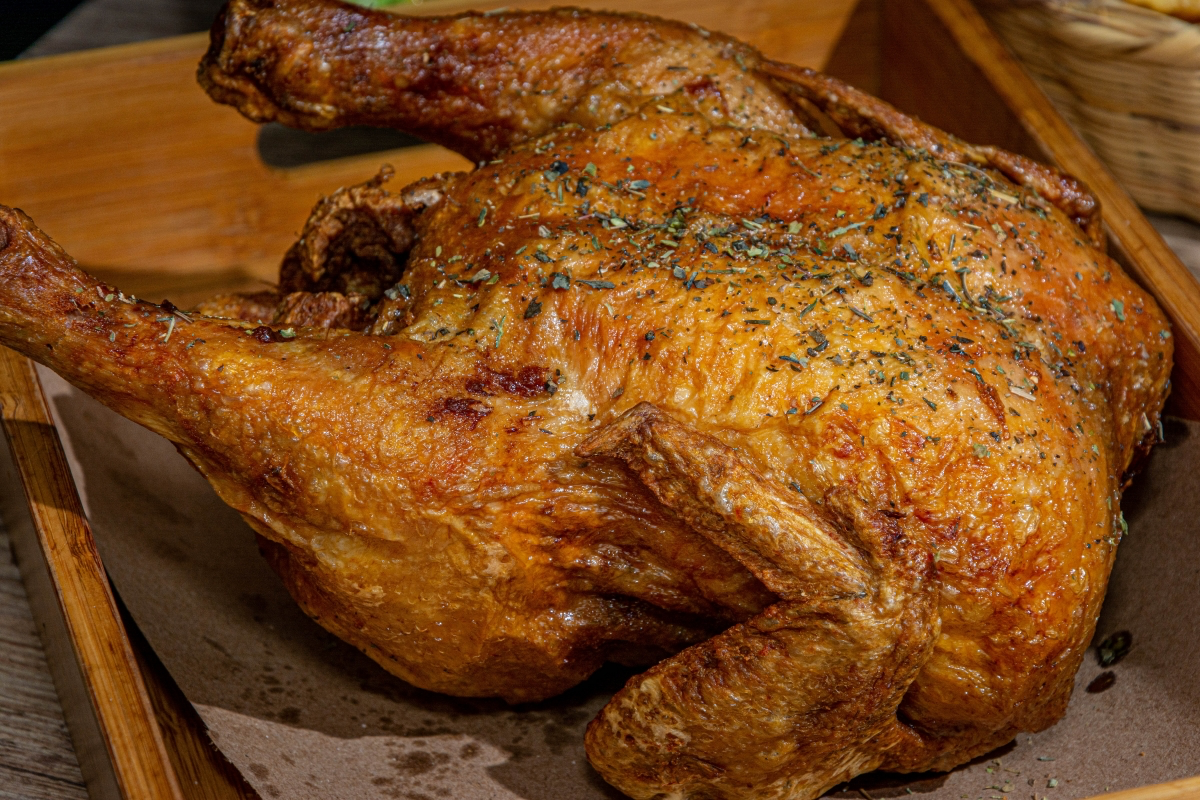
Chicken and Connective Tissue
Chicken is another great source of the amino acids your body needs. In fact, a lot of collagen supplements are made from chicken cartilage. That rubbery bit on the end of a drumstick? That’s the good stuff! A really efficient way to get these benefits is to roast a whole chicken for dinner, then use the carcass to make a simple stock afterward. You get two meals and a collagen boost in one go.
Don’t Eat Meat? No Problem.
You absolutely do not need to eat animal products to support your collagen. The key for vegans and vegetarians is variety to ensure you’re getting all the necessary amino acids. This part is so important, it deserves its own focus.
Here’s a breakdown:
- For Glycine: Load up on spirulina, soy products like tofu and tempeh, and seeds—especially pumpkin and sesame seeds. A quarter-cup of pumpkin seeds is an easy way to get a solid dose of both glycine and zinc.
- For Proline: Think asparagus, cabbage, mushrooms, and peanuts.
- Plant-Powered Game Plan: A great strategy is to build meals that combine sources. For example, a stir-fry with tofu, broccoli, and mushrooms, sprinkled with sesame seeds, is a fantastic collagen-supporting meal. Or try a lentil soup (lentils are great for protein) with a side of steamed asparagus.
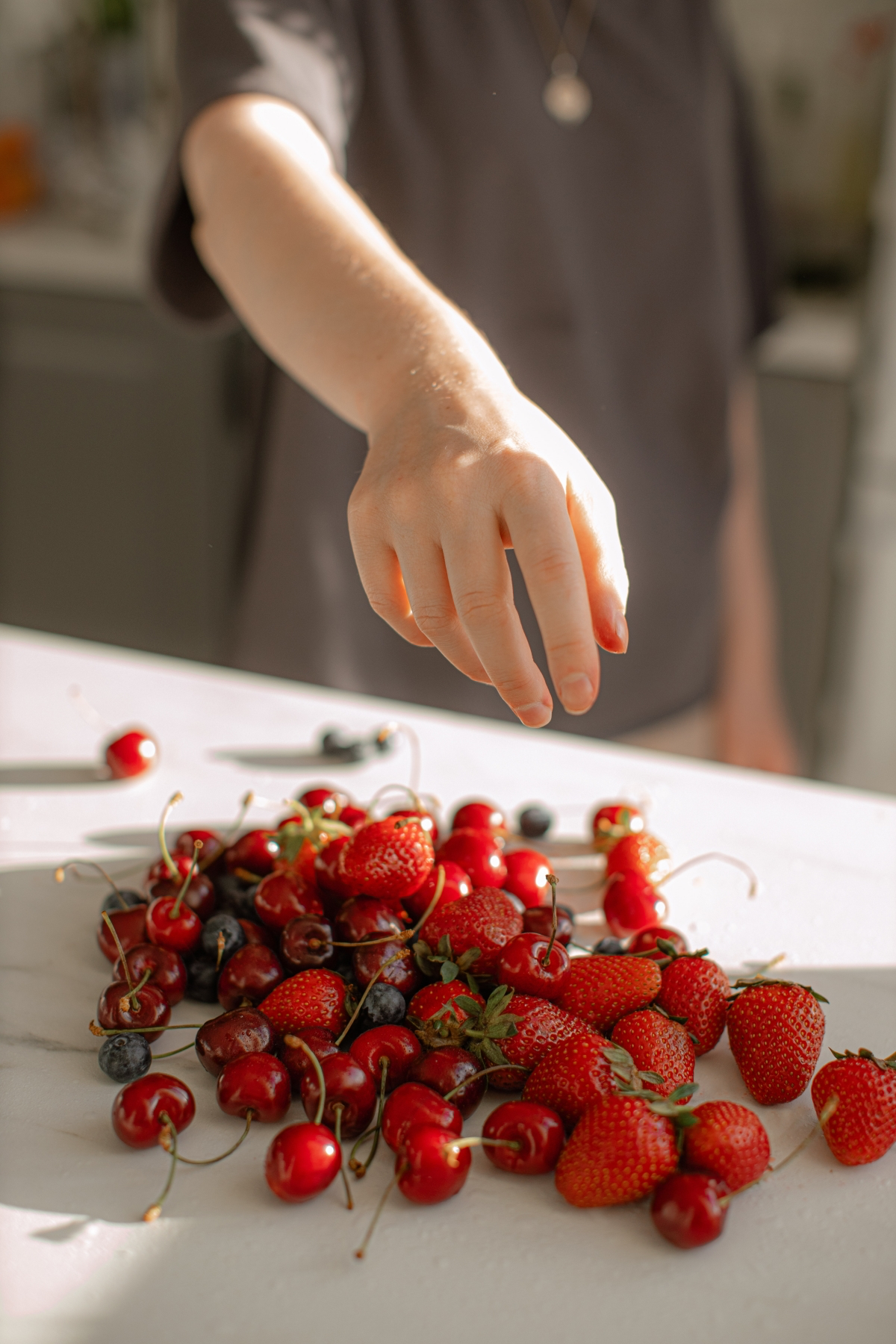
Meet the Work Crew: The Vitamins & Minerals You Can’t Skip
Having the amino acid “bricks” is just step one. You need the “work crew” of vitamins and minerals to actually assemble everything.
Vitamin C: The Most Important Worker
I know I mentioned it before, but it’s worth repeating: Vitamin C is essential. Your body doesn’t store it, so you need a fresh supply every single day. Oranges are great, but you can get even more bang for your buck elsewhere. A single red bell pepper packs over 150% of your daily need! A cup of strawberries or one kiwi will also get the job done. Dark leafy greens like kale and spinach are also loaded with it.
Heads up! Frozen fruits and veggies are a fantastic and affordable option. Berries, for instance, are often frozen at peak ripeness, which preserves their Vitamin C content perfectly. A bag of frozen strawberries for a smoothie can cost half the price of fresh ones out of season.
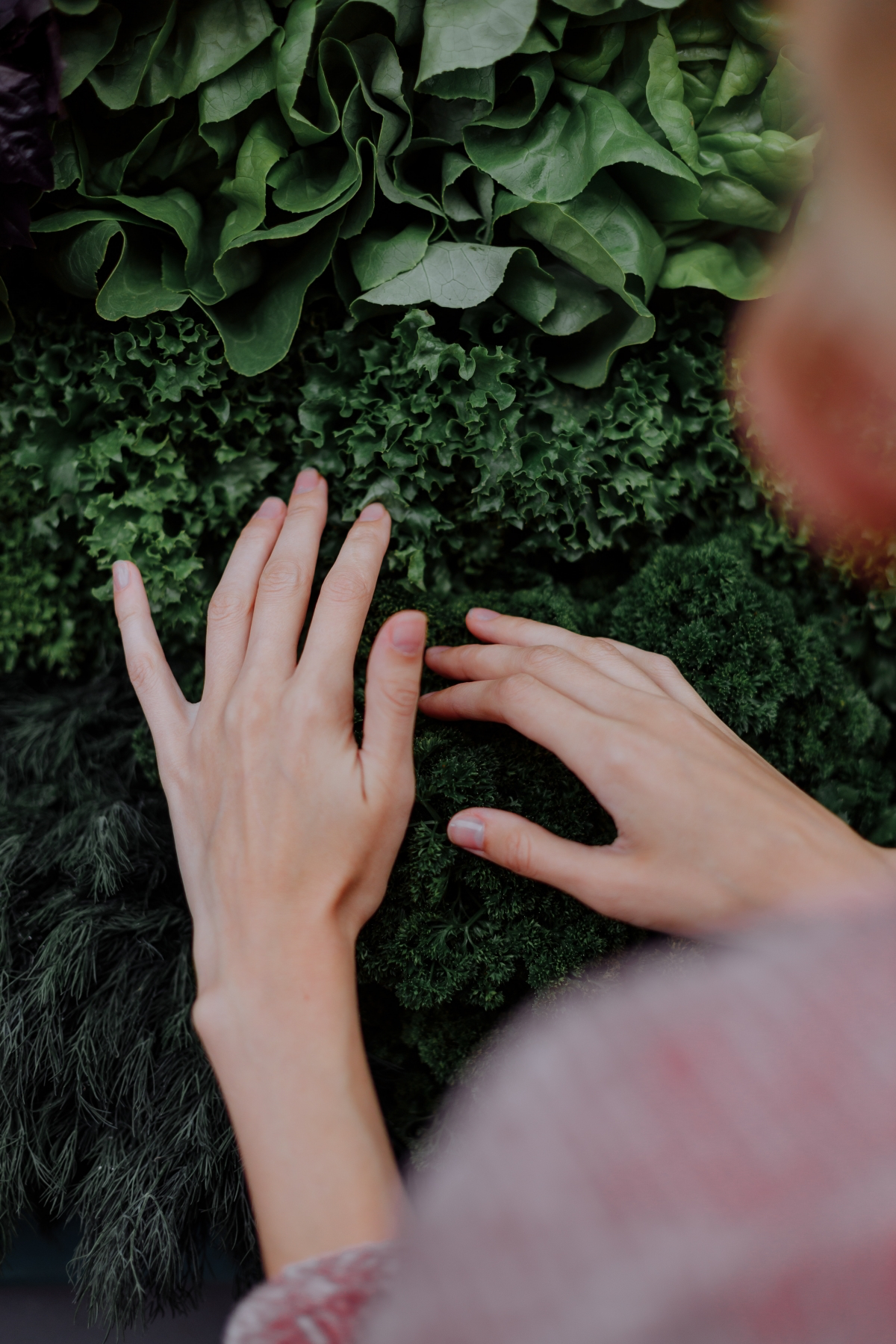
Zinc and Copper: The Finishing Team
These two often fly under the radar, but they’re critical. Zinc helps the enzymes that produce collagen, while copper is needed for the final step that gives collagen its strength. Oysters are the undisputed king of zinc—just a 3-ounce serving can give you over 500% of your daily needs! But you can also get plenty from beef, lentils, chickpeas, and pumpkin seeds.
For copper, look to shellfish, cashews, seeds, whole grains, and—get this—dark chocolate.
Protecting the Collagen You Already Have
Okay, so we’ve talked about building new collagen. Now let’s talk about protecting your current investment. This is where you can see results even faster.
The Collagen Wrecking Ball: Sugar
The number one enemy of your collagen is a process called glycation. It happens when excess sugar in your blood attaches to proteins like collagen, creating nasty little molecules that make your collagen fibers stiff, brittle, and weak. On your face, this looks like wrinkles and sagging.
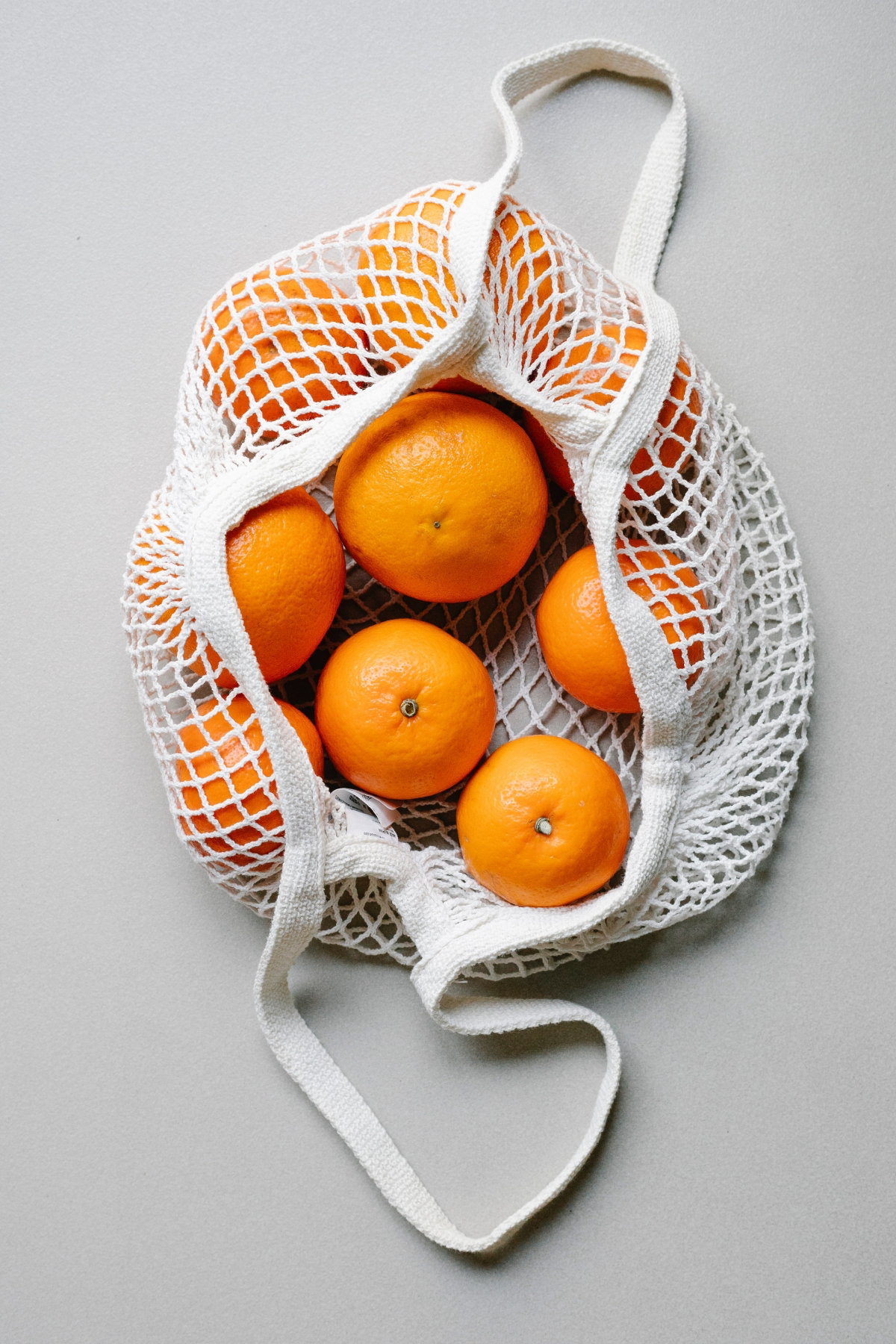
I often tell my clients that eating collagen-boosting foods while still chugging soda and eating pastries is like trying to bail out a sinking boat with a teaspoon. The most impactful thing you can do is cut back on refined sugars and processed carbs.
Your Collagen Protection Squad: Antioxidants
Free radicals from pollution and UV rays also hammer your collagen. Antioxidants are the compounds that neutralize these bad guys. We’ve already mentioned berries and leafy greens, but here are a few other all-stars:
- Green Tea: Packed with powerful antioxidants that help shield skin from damage.
- Tomatoes: Rich in lycopene, which is even more potent when the tomatoes are cooked. Think tomato sauce and soup!
- Dark Chocolate: Yes, again! The good stuff (70% cocoa or higher) has flavanols that can improve skin hydration.
Putting It All Together Without the Overwhelm
This doesn’t have to be complicated. It’s all about consistency. I had one client who just swapped her sugary morning cereal for a protein smoothie, and in a couple of months, she was raving that her nails had finally stopped breaking for the first time in years. Small changes add up!
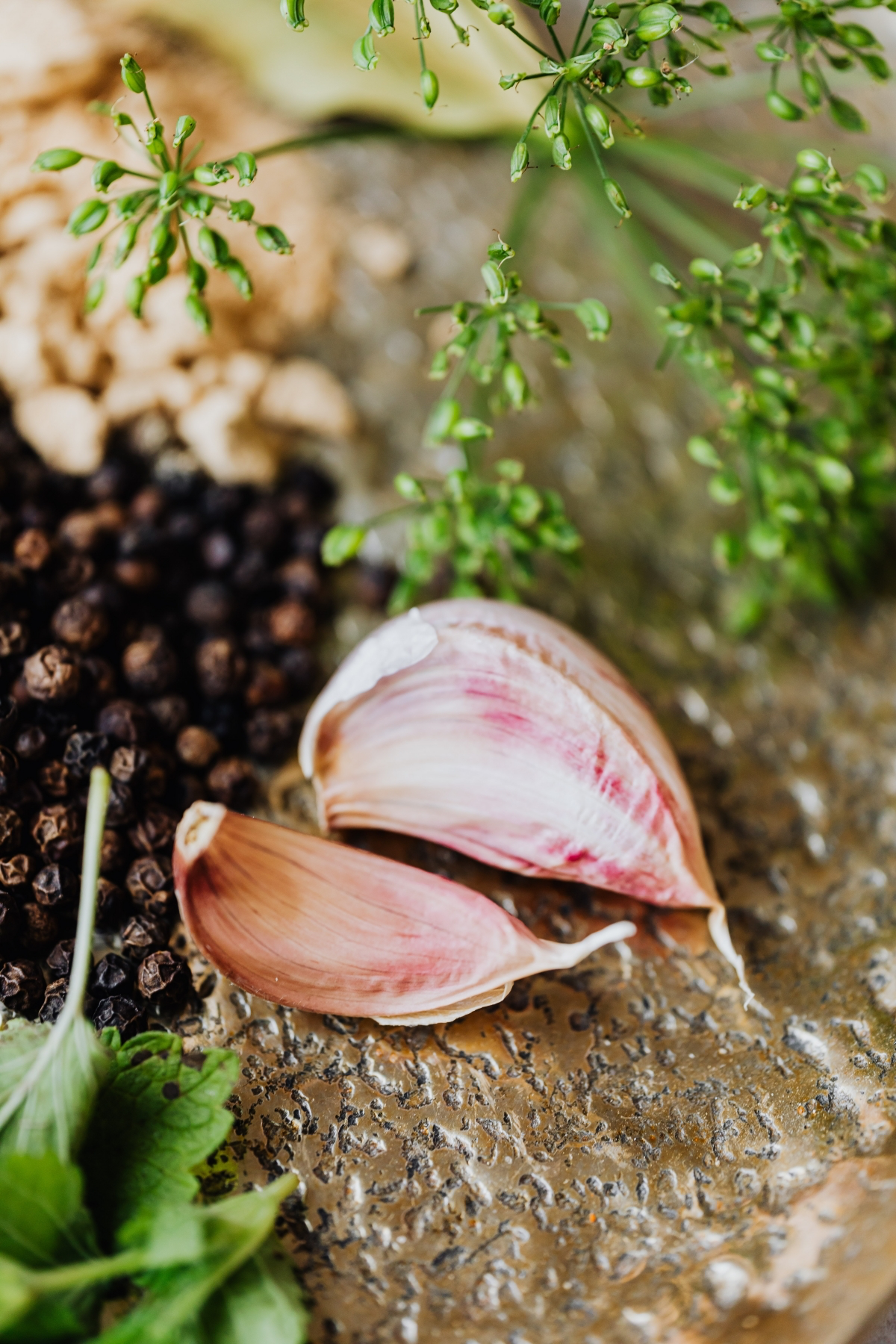
Feeling overwhelmed? Try this one tiny thing: For the next week, just focus on adding a big handful of spinach and a half-cup of berries to whatever you have for breakfast. That’s it. You’ve just given your body a daily dose of Vitamin C and antioxidants. See? You can start small.
Here’s what a full, collagen-supportive day could look like:
- Omnivore’s Plan:
- Breakfast: Smoothie with Greek yogurt, spinach, mixed berries, and a scoop of pumpkin seeds.
- Lunch: Big salad with grilled chicken, tons of bell peppers, and a light vinaigrette.
- Dinner: Pan-seared salmon (skin-on!) with roasted broccoli and a side of quinoa.
- Plant-Based Plan:
- Breakfast: Oatmeal cooked with soy milk and topped with strawberries, walnuts, and a sprinkle of pumpkin seeds.
- Lunch: Hearty lentil soup served with a slice of whole-grain bread.
- Dinner: Tofu and broccoli stir-fry with a peanut-based sauce, served over brown rice.
A Final Word on Supplements
The collagen supplement aisle is huge, I get it. And some studies on hydrolyzed collagen peptides (a form that’s broken down to be easily absorbed) are promising. If you’re going to go that route, look for a product that provides around 5-10 grams per day. But please, think of it as a supplement to a great diet, not a replacement for one. You can’t supplement your way out of poor nutrition.
A Quick Word of Caution
This is all for educational purposes, of course. If you have any allergies (fish, nuts, and shellfish are common ones) be mindful. And if you have a pre-existing health condition like kidney disease, or if you’re pregnant or breastfeeding, it’s always best to chat with your doctor or a registered dietitian before making big dietary shifts.
For serious skin concerns, a board-certified dermatologist is your best friend. They can offer treatments that work hand-in-hand with a healthy diet. But by focusing on these food-first principles, you’re not just chasing better skin—you’re investing in the strength and resilience of your entire body for the long haul.











